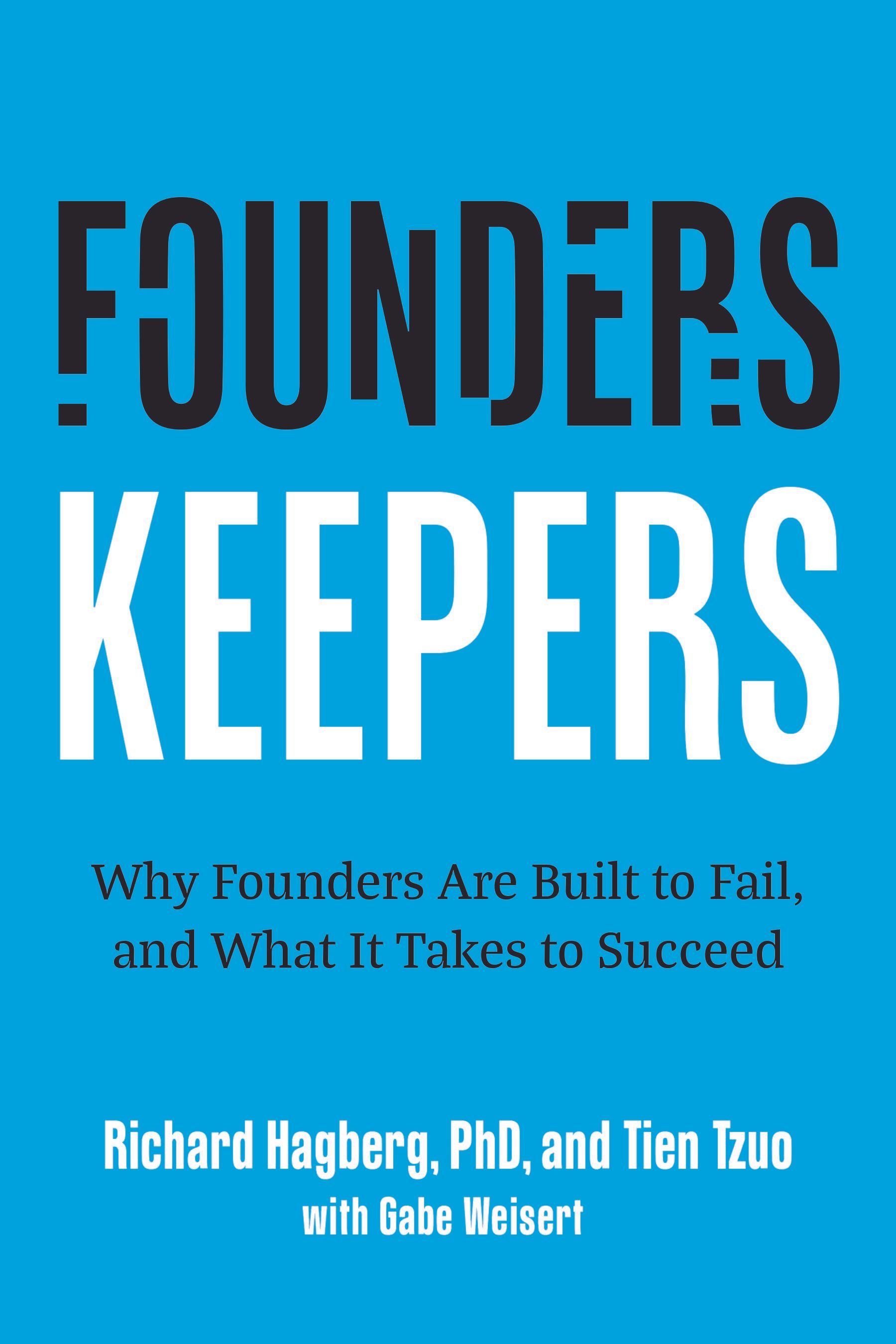Article
From Visionary to Strategist: Mastering the Art of Startup Leadership
Transforming Entrepreneurial Energy into Sustainable Growth and Strategic Success

A popular e-commerce company faces rapid growth challenges: legacy systems, legal issues, and new competition. The founder focuses more on social media than enterprise issues. The board hires a COO, but resistance leads to no strategic alignment, resulting in bankruptcy.
What is Strategy?
Contrary to popular belief, strategy is not a static master plan but a dynamic, ongoing alignment process. Eric Van den Steen describes it as “the smallest set of choices to guide other choices.” It adjusts while maintaining its core purpose, linking objectives to actions and allowing flexibility in achieving goals.
Why Founders Struggle with Strategy
Many founders avoid strategy because their initial success didn’t require it. However, growth brings complexity, requiring a shift from vision-driven to strategic thinking. Low-strategy founders, driven by fear and anxiety, struggle to adapt, often mistaking tactical activity for strategic productivity and failing to translate vision into actionable plans.
Common Pitfalls
- Operational Scaling**: Founders resist developing systems and processes, causing inefficiencies.
- Financial Management**: Inadequate financial planning leads to missed insights and poor decision-making.
- Brand Building**: Overlooking long-term brand strategies risks commodification.
- Talent Development**: Ignoring structured leadership development results in disengagement and turnover.
Strategic Questions
- Are we aligned with our mission and values?
- Do we understand our customers’ evolving needs?
- Are our products solving the right problems?
- What emerging trends could impact us?
- How can we improve operational efficiency?
- Are we balancing short-term needs with long-term vision?
- How can we foster innovation?
- Are we making data-driven decisions?
- How can we improve team dynamics?
- What can we learn from competitors?
- Are we managing risk effectively?
Advice: How To Implement Strategy
Peter Drucker said, “culture eats strategy for breakfast,” but culture and strategy are intertwined. Adjusting your strategy as your startup grows is essential for staying relevant and competitive. Embrace flexibility and iterative planning to align with market needs and internal capabilities.
Fire Yourself Early
As your organization grows, complexity increases, making top-down management ineffective. Empower your team to handle strategic decisions. Push problems down the structure to get better decisions and buy-in.
Strategic Planning Process
A strategic plan answers: Where are we? Where do we want to go? How will we get there? Make strategy a habit, not an event. Conduct research, pitch ideas, and present a plan annually. Review and adjust regularly.
Implementation
Know your strategy is working when employees understand why they work for you, what the strategy is, and how they contribute. Align goals with SMART criteria and schedule regular reviews.
The Stepping Stones
- Proof of Concept**: Validate ideas with research and feedback.
- Product-Market Fit**: Focus on understanding your customer base before scaling.
- Traction Stage**: Account for real-world challenges and avoid relying on a “cascade of miracles.”
Strategic planning and continuous alignment are crucial for transforming vision into reality and ensuring long-term success.
Discover the transformative power of Dr. Rich Hagberg's leadership coaching, rooted in data-driven analysis. With decades of experience, Dr. Hagberg excels in enhancing self-awareness, balancing strengths and weaknesses, and fostering effective decision-making. His tailored approach helps founders build strong teams and navigate growth challenges seamlessly.
Ready to elevate your leadership skills and drive your startup to success?
Learn more about Dr. Rich Hagberg's coaching services or contact him today to start your journey.
share this
Related Articles
Related Articles





